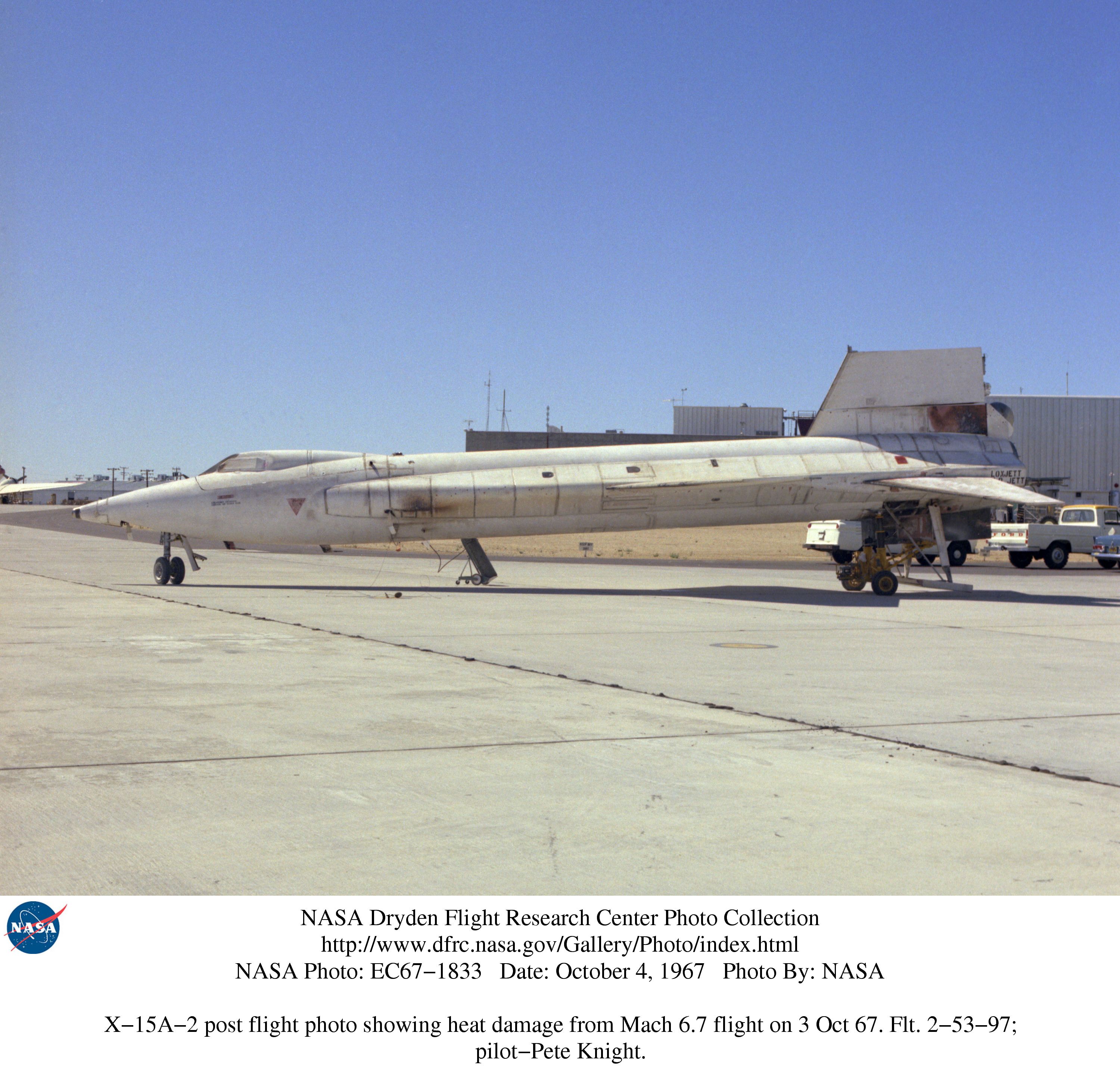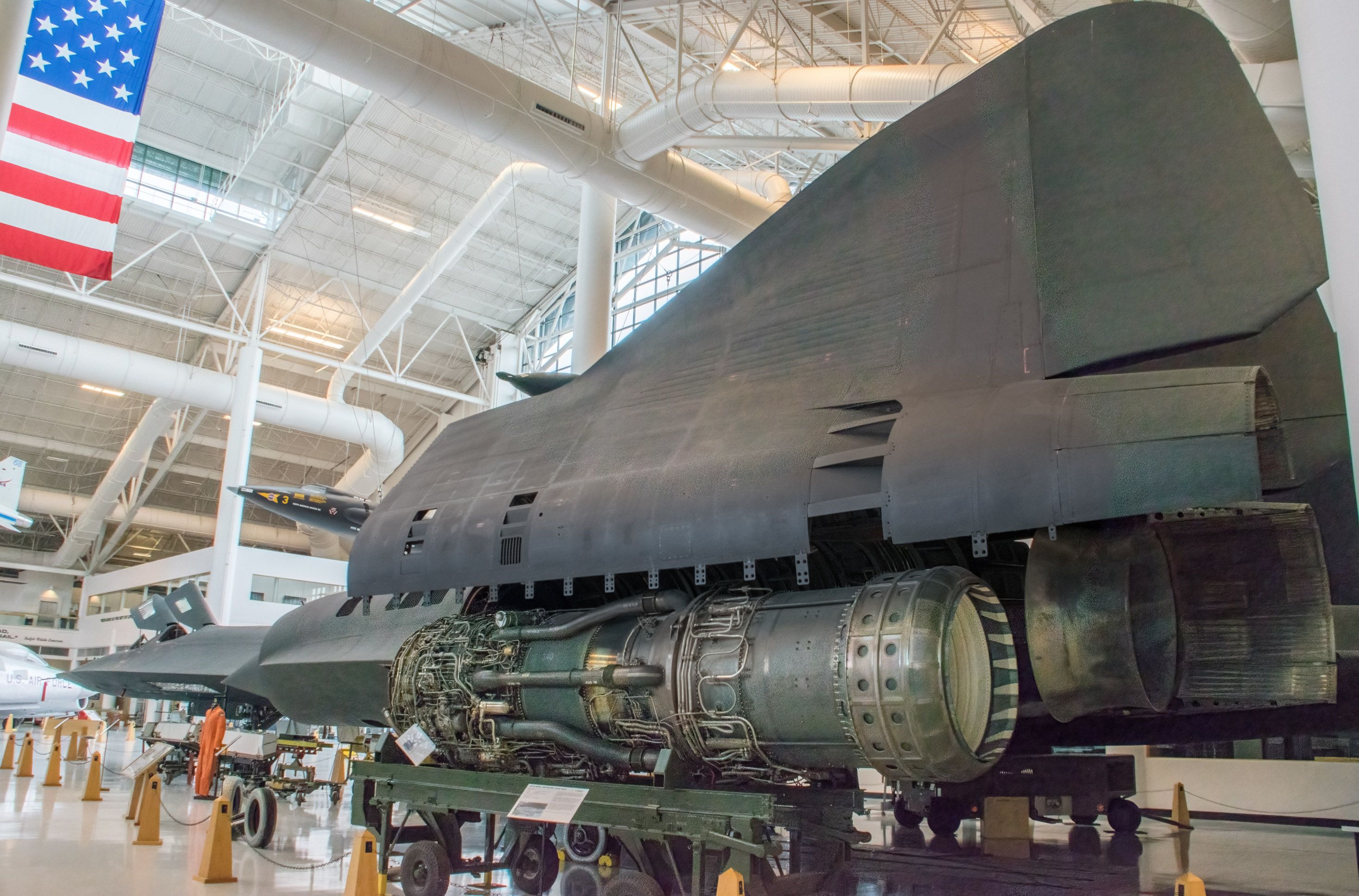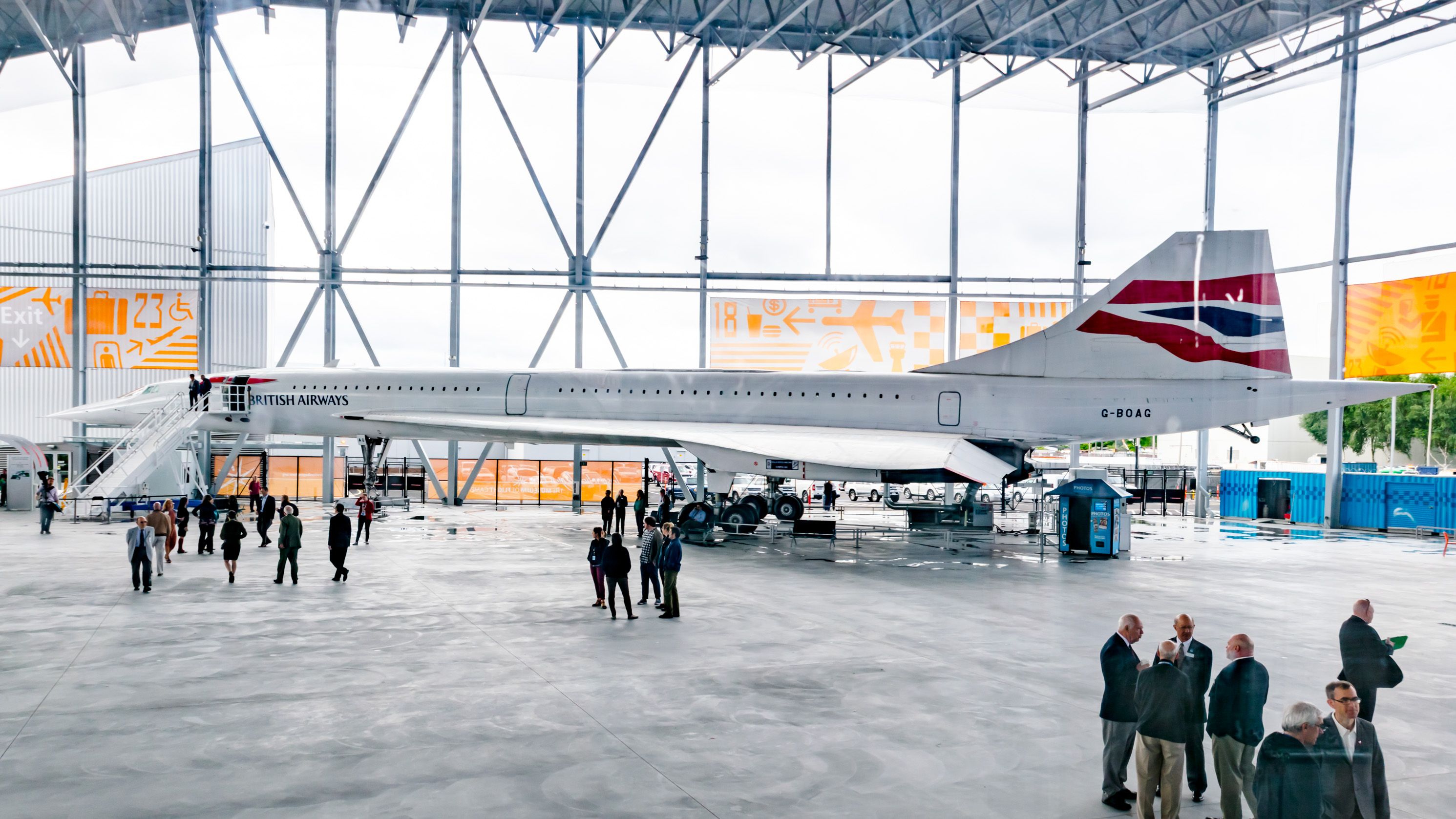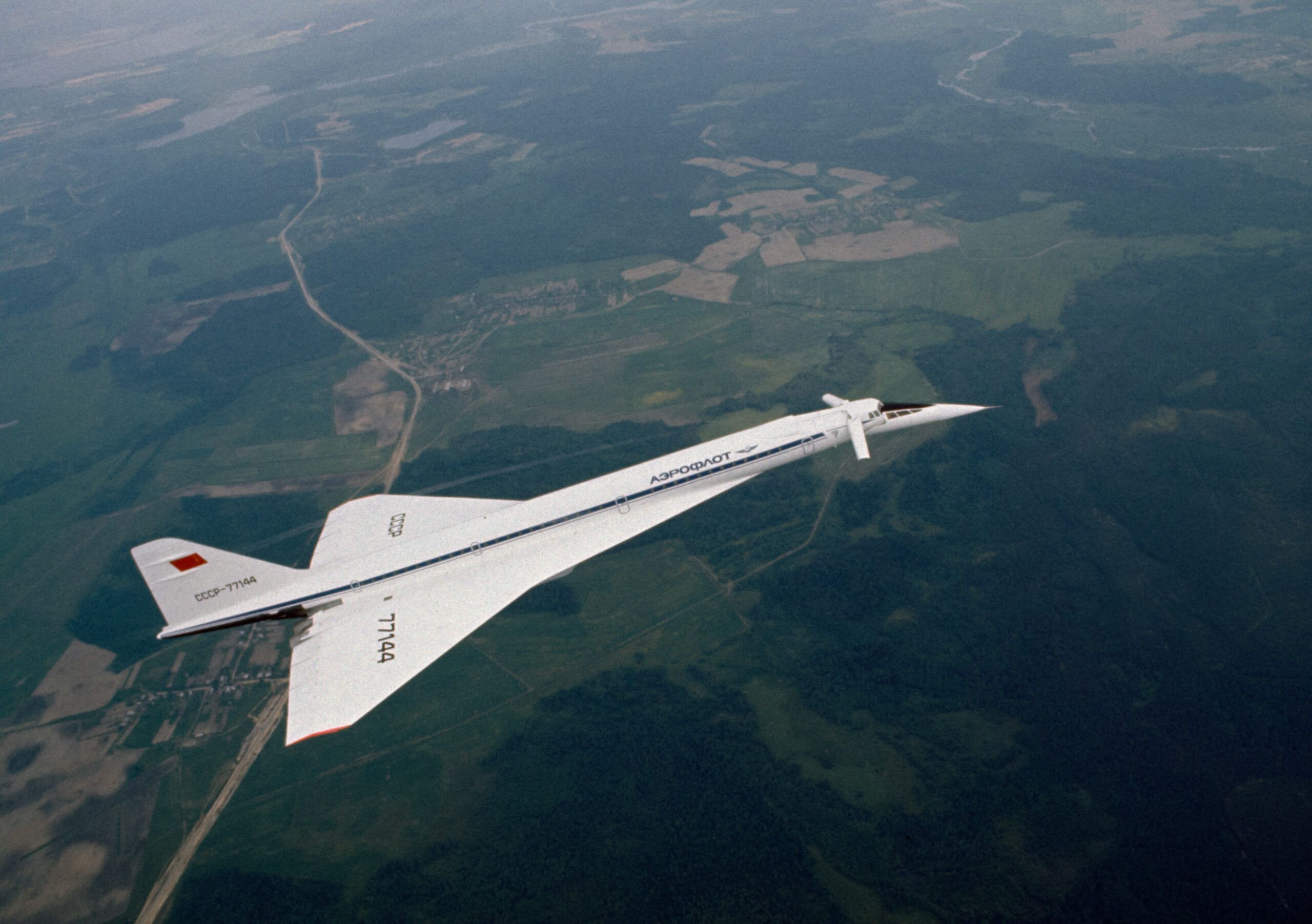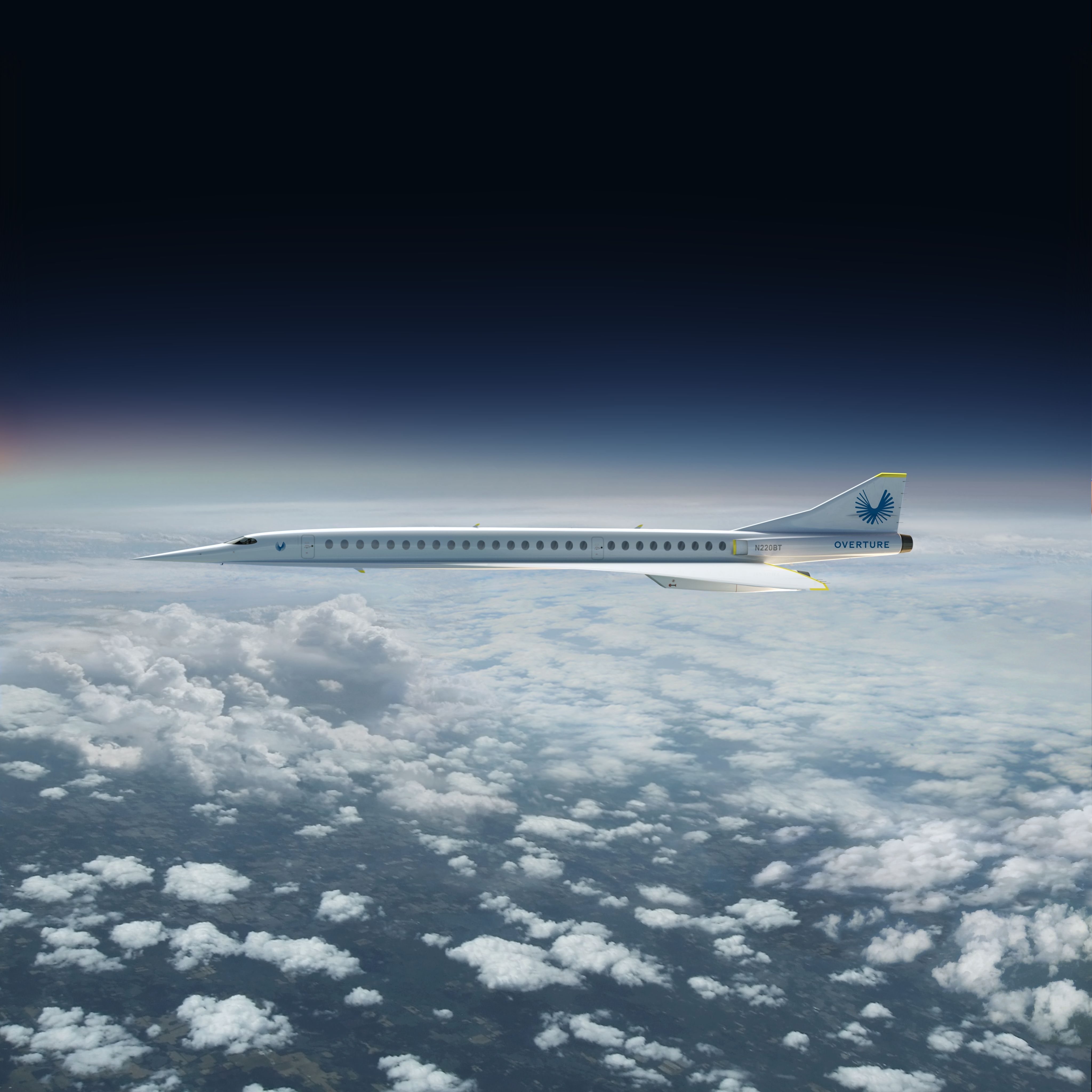Feel the need… the need for speed? Here are the fastest aircraft to fly – both military and civilian, but with our usual focus on the commercial side of things.
But first a word… about Mach numbers and the speed of sound
Mach numbers matter because the Mach number is the aircraft’s speed versus the speed of sound. So if the plane is flying at Mach 1, the aircraft is flying at the rate of sound. If the aircraft is flying at Mach 2, the aircraft is flying at twice the speed of sound. If the aircraft is flying Mach .5, that means half the speed of sound. Put differently; most commercial airliners cruise the friendly skies around 6/10ths to 7/10ths the speed of sound, at Mach 0.6 – Mach 0.7.
The fastest aircraft ever was a 1960s rocketship
The fastest airplane was the North American Aviation X-15, built for America’s National Aeronautics and Space Administration (NASA) to conduct high-speed aeronautic research. The X-15 was launched from a B-52 mothership to reach the edge of space or go as fast as its single Reaction Motors XLR99-RM-2 liquid-fuelled rocket engine with 70,400 pounds (313 kN) of thrust could take the aircraft. The top speed the X-15 hit was 4,520 miles per hour, or Mach 6.7, on October 3, 1967
The fastest known jet aircraft – military or civilian
The world’s fastest aircraft, now only on displays at aviation museums like the Evergreen Aviation Museum in Oregon: The Lockheed SR-71 Blackbird.
Photo: Joe Kunzler | Simple Flying
It’s the Lockheed SR-71 Blackbird – an American high-altitude reconnaissance airplane intended to outrun surface-to-air missiles and interceptors. The aircraft descended from the Lockheed A-12 “Oxcart” initially developed for the American Central Intelligence Agency. With the SR-71’s two Pratt & Whitney J58 turbojet engines, each capable of 32,500 lbf (145 kN) of thrust, the SR-71 could cruise at Mach 3.2.
According to USAF Major Brian Shul, Retired on TheSR71Blackbird.com the SR-71 could burst to Mach 3.5/2,250 miles an hour while evading missiles. The high costs of operating the airplane and the end of the Cold War eventually ended SR-71 flight operations for the US Air Force, the CIA, and even NASA in October 1997.
The fastest civilian jet aircraft
Photo: Joe Kunzler | Simple Flying
The honor goes to the Concorde, which could cruise at Mach 2.04 or 1,354 miles per hour. Thanks to the sonic boom – or the air compressed by an object going faster than the speed of sound creating a boom – the Concorde was allowed to only fly commercially on overwater routes. The cost per seat was too high for it to remain commercially viable, plus the July 25, 2000 crash of a Concorde spelled the beginning of the end.
The Soviets attempted to replicate the Concorde with the Tupelov Tu-144, but the Tu-144 was a flop. Too unreliable, too loud both inside and out, and eventually used as a supersonic freighter and after the Cold War as a NASA test vehicle.
For comparison, while the Concorde had one prolific passenger in Fred Finn, who made 718 flights, the Tu-144 made 55 passenger-carrying flights before the Soviets felt the aircraft was too unsafe for commercial travel.
But a new supersonic transport is underway
The Overture will be the first mass supersonic transport for over 50 years. Photo: Boom Supersonic
Boom Supersonic‘s Overture is in the works to give civilians a chance to scratch that need for speed itch again. As documented by Simple Flying, Boom Supersonic plans to take paying passengers up to Mach 1.7 by 2029 at less cost per seat than the Concorde. Boom Supersonic also plans on Overture flying on 100% sustainable aviation fuel and overland close but not at Mach 1 to avoid the overland sonic boom.
Do you feel the need for speed flying commercially at Mach 1.7 or want to go at Mach 0.7? Let us know in the comments.
Source: TheSR71Blackbird.com
[ad_2]
Source link

